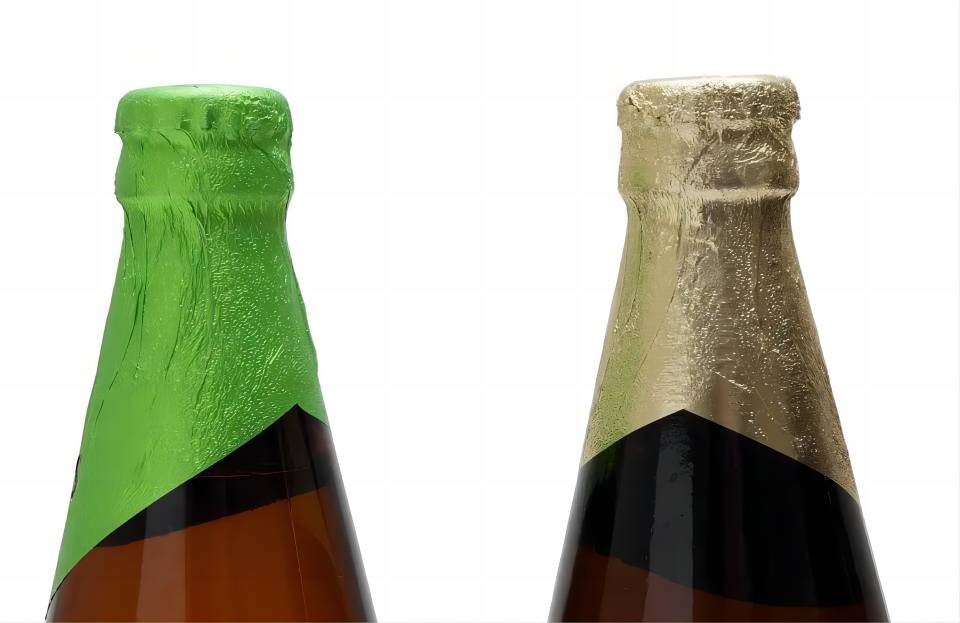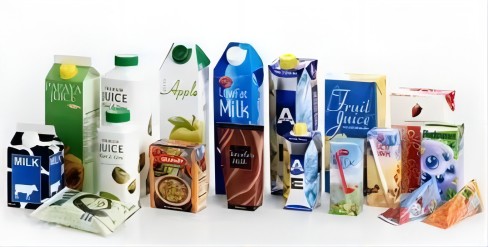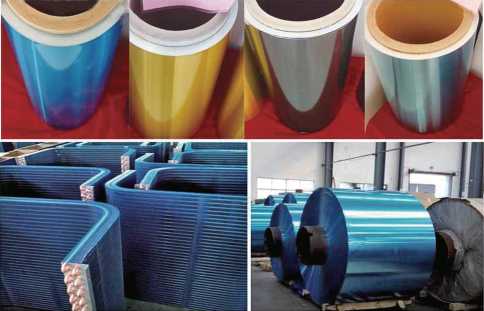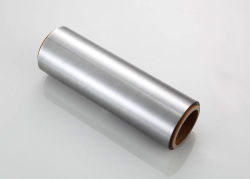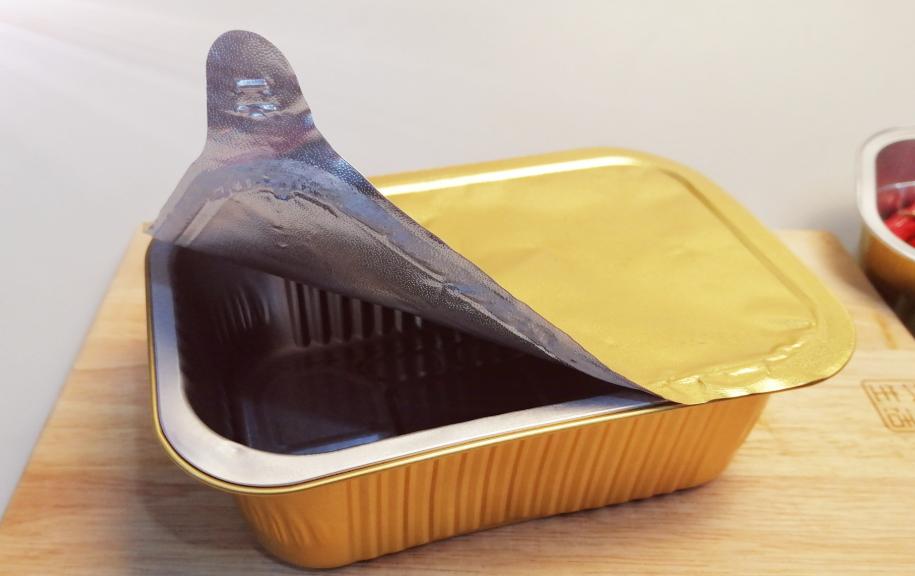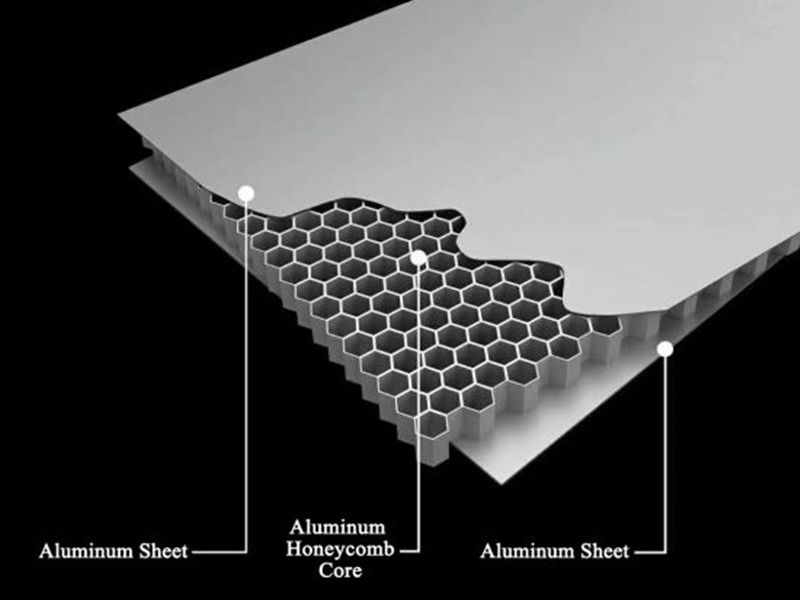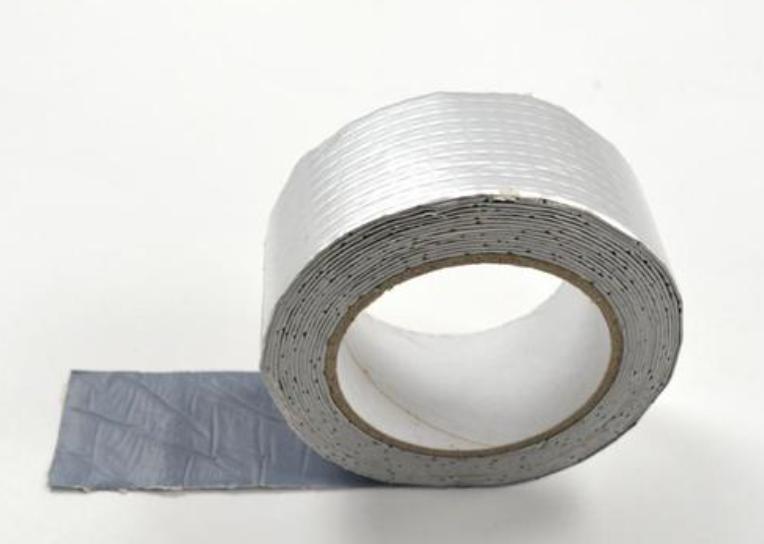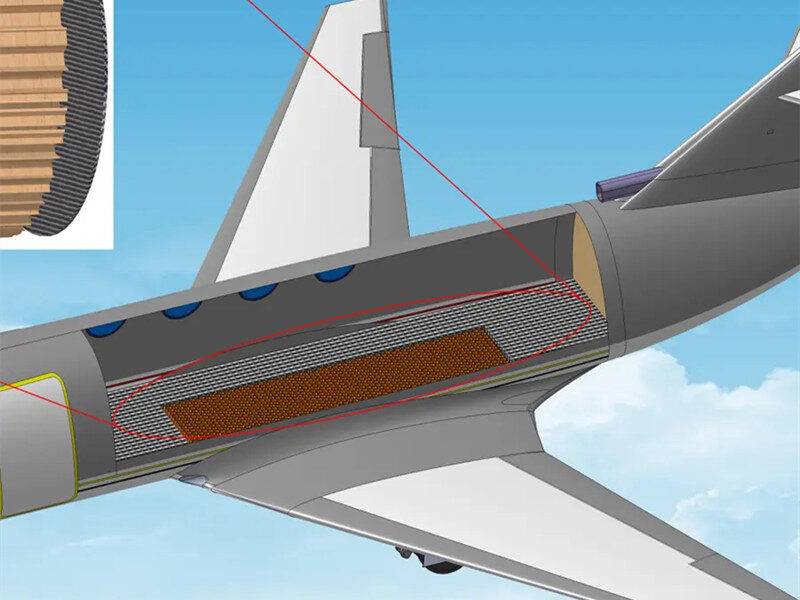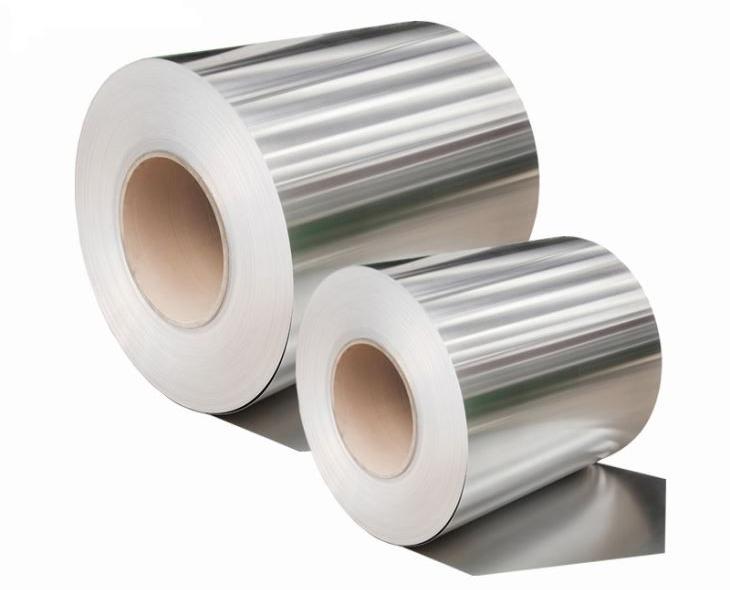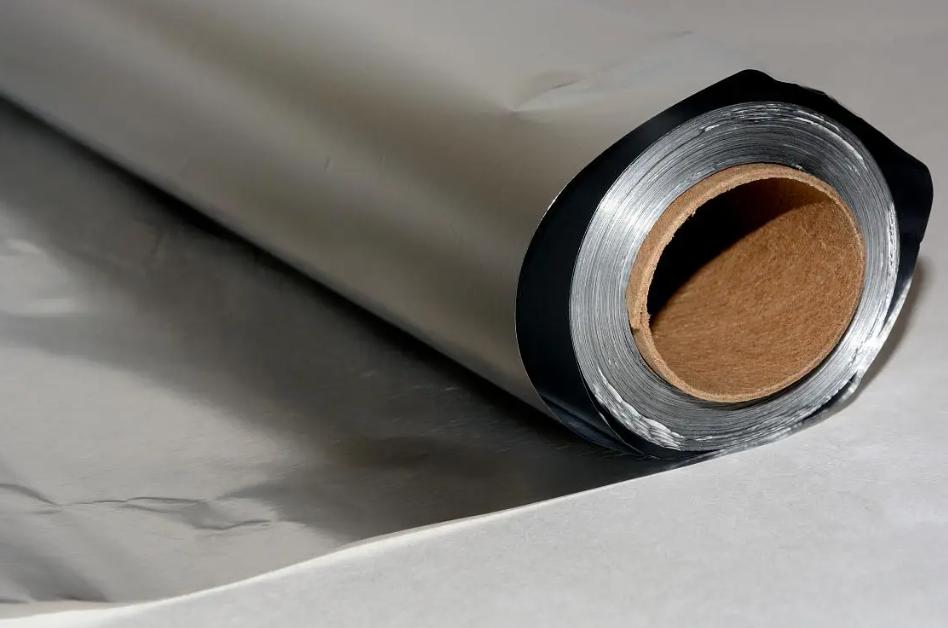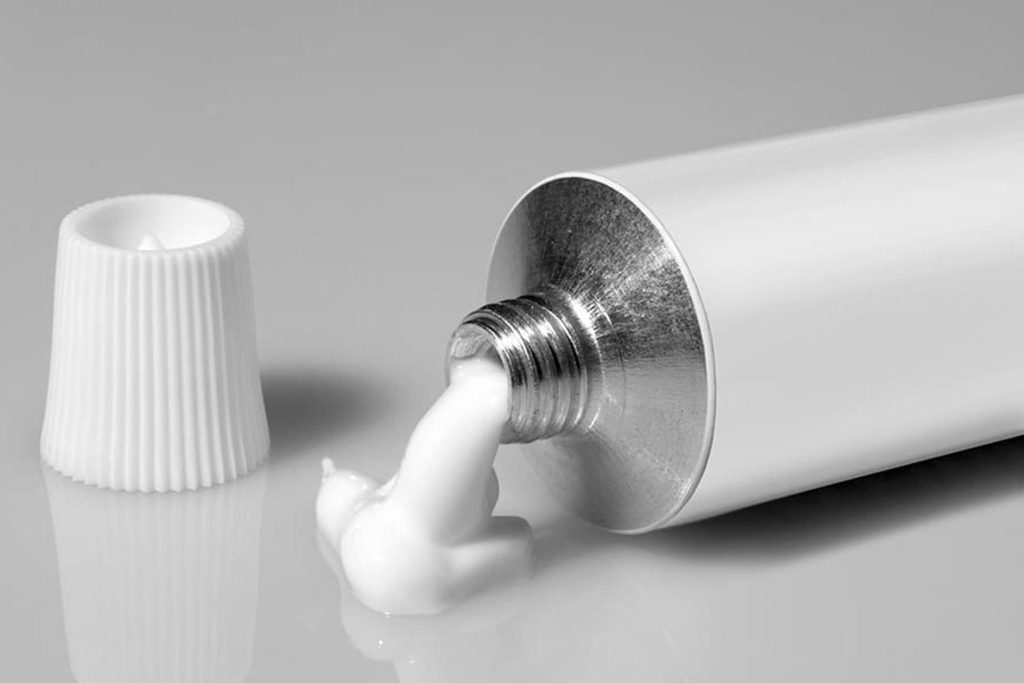Aluminum foil tape is a versatile material widely used across various industrial and commercial sectors. Comprising soft aluminum foil coated with a transparent acrylic adhesive, this tape is known for its remarkable reflective properties, making it highly effective at reflecting heat and light. Consequently, it is frequently employed in insulation and shading applications. Moreover, aluminum foil tape possesses certain fire-resistant characteristics, adhering to specific safety standards such as UL 746C and UL 723, and boasts a low smoke density rating.
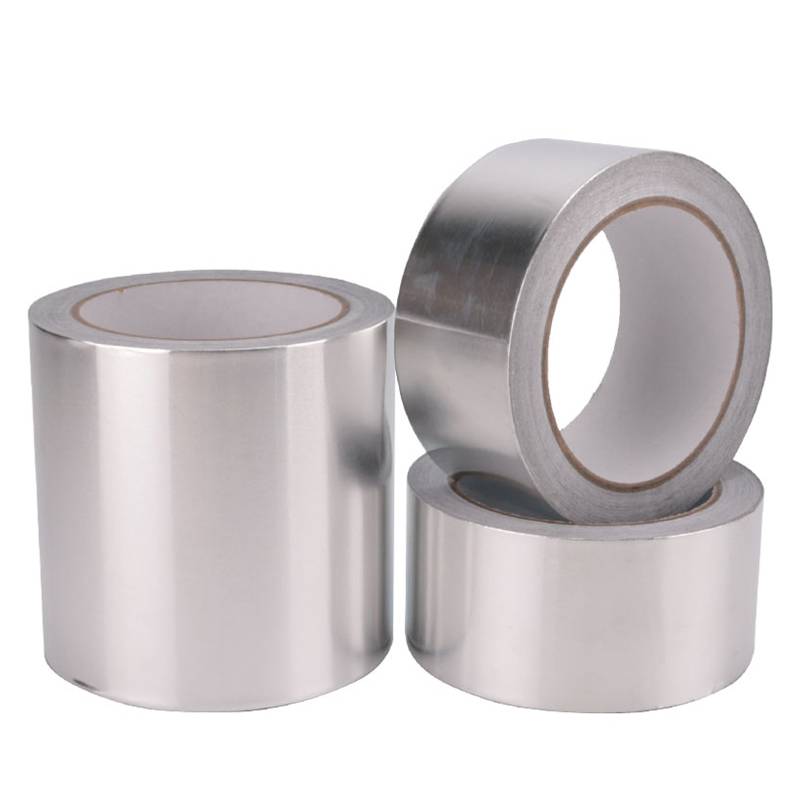
Main Components of Aluminum Foil Tape
1. Aluminum Foil Substrate
The primary component of aluminum foil tape is its aluminum foil substrate. The foil is typically made from aluminum alloys such as 1235 and 8011. These alloys are chosen due to their excellent mechanical properties and ease of processing. Aluminum alloy 1235 is known for its high purity and flexibility, making it ideal for forming thin, durable foil. Alloy 8011, on the other hand, provides good strength and resistance to corrosion, enhancing the overall performance of the tape.
2. Pressure-Sensitive Adhesives
The adhesive used on aluminum foil tape is a crucial factor in its performance. Pressure-sensitive adhesives (PSAs) are commonly used, with the most prevalent types being acrylic-based and rubber-based adhesives. Acrylic adhesives are favored for their strong adhesion, durability, and resistance to environmental factors such as UV light and oxidation. Rubber-based adhesives, while offering good initial tack and bond strength, may degrade more quickly under harsh conditions. Both types of adhesives ensure that the tape adheres firmly to various surfaces, maintaining a secure bond over time.
3. Composite Layers
In some applications, aluminum foil tape may incorporate additional composite layers to enhance its properties. For instance, a layer of plastic can be added to improve the tape’s tensile strength, making it more robust and resistant to tearing. Additionally, functional coatings such as conductive layers can be applied to the tape to meet specific application requirements. These layers enable the tape to provide electrical conductivity, expanding its utility in applications where electromagnetic interference (EMI) shielding is needed.
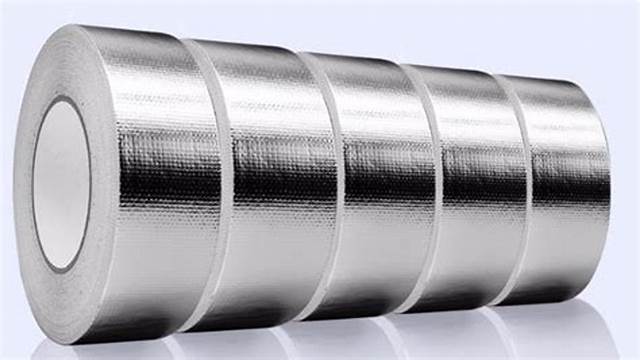
Applications of Aluminum Foil Tape in Aerospace
Aluminum foil tape finds extensive use in the aerospace industry due to its lightweight yet high-strength properties and excellent conductivity. Its ability to provide structural protection, electromagnetic shielding, and thermal insulation makes it indispensable in the manufacturing of aircraft and rockets. The tape’s versatility helps enhance the performance and safety of aerospace vehicles while reducing overall weight and fuel consumption.
A. Specific Uses in Aircraft Manufacturing
1. Sealing Panel Seams and Gap Closures
In aircraft manufacturing, aluminum foil tape is often used to seal panel seams and close gaps. The tape’s strong adhesive properties and weather resistance make it ideal for temporary treatments of panel seams, effectively sealing gaps and securing panels in place. This application ensures that the aircraft’s exterior is protected from environmental factors such as salt spray, humidity, and UV radiation.
2. Nacelle Sealing for Engine Protection
The nacelle, which houses an aircraft’s engine, requires protection from various environmental elements. Aluminum foil tape is used to seal gaps in the nacelle, safeguarding the engine components from potential damage. By reducing the likelihood of nacelle detachment and preventing debris from entering the engine, the tape contributes to the overall safety and reliability of the aircraft.
3. Fixing Inspection Panels and Emergency Repairs
Inspection panels on aircraft are sometimes secured with aluminum foil tape, facilitating maintenance and inspection activities. Additionally, in emergency situations, such as when the aircraft fuselage sustains minor damage or bullet holes, aluminum foil tape can be used for rapid repairs. This ensures the aircraft remains airworthy and can continue its flight safely.
4. Electromagnetic Shielding
The conductive properties of aluminum foil tape make it suitable for electromagnetic shielding in aircraft. By applying the tape to certain areas, it helps reduce electromagnetic interference (EMI) that could affect sensitive electronic equipment. This application is crucial in maintaining the proper functioning of the aircraft’s avionics and communication systems.
5. Thermal Insulation Layers
Aluminum foil tape is also employed in the construction of thermal insulation layers for aerospace vehicles. Its reflective properties help prevent external temperatures from affecting the internal components of the aircraft. By maintaining stable internal temperatures, the tape ensures that electronic devices and other critical systems operate within their optimal temperature ranges.
6. Fuel Storage and Transmission Systems
Due to its excellent corrosion resistance and sealing capabilities, aluminum foil tape is used in the fuel storage and transmission systems of aircraft. Components such as fuel tanks, pipelines, and valves can be wrapped with tape to prevent leaks and ensure the safe containment and transfer of fuel.
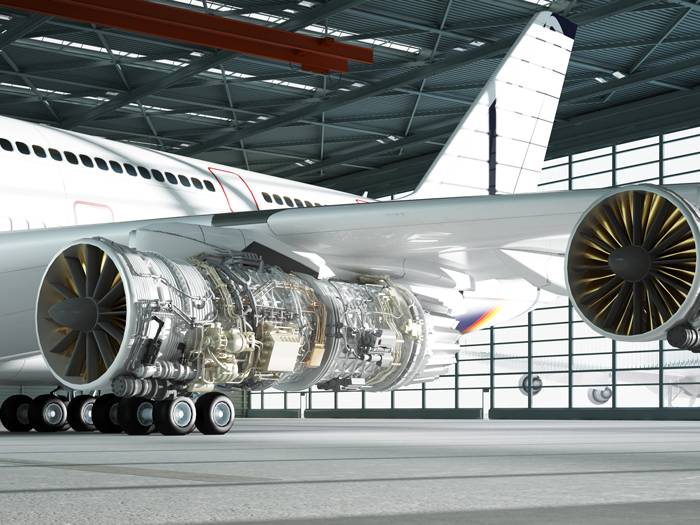
B. Specific Uses in Rocket Manufacturing
1. Insulation and Thermal Protection for Circuits
In rocket manufacturing, aluminum foil tape provides insulation and thermal protection for electrical circuits. The tape’s good electrical insulation properties help prevent electrical faults, while its metallic nature offers a degree of thermal protection. This dual functionality is crucial in maintaining the integrity and performance of rocket components under extreme conditions.
2. Structural Reinforcement
Aluminum foil tape can also be used to reinforce the structure of rockets, particularly in areas subjected to significant stress, such as joints and welds. By adding strength and stability to these critical areas, the tape enhances the overall durability and reliability of the rocket.
3. Sealing Joints and Preventing Leaks
Effective sealing is essential in rockets to prevent gas and liquid leaks, which could compromise performance and safety. Aluminum foil tape can be applied to joints and connection points to create a tight seal, ensuring that the rocket operates efficiently and reliably throughout its mission.
4. Reflecting Heat and Controlling Radiation
The reflective properties of aluminum foil tape are advantageous for thermal management in rockets. By reflecting excess heat away from sensitive components, the tape helps protect them from overheating and potential damage. This application is particularly important in the high-temperature environment of rocket launches.
5. Covering Signal Sensors During Testing
During testing phases, it is sometimes necessary to block signals from certain sensors to prevent false readings or unintended operations. Aluminum foil tape can be used to cover these sensors temporarily, ensuring accurate and controlled testing procedures.
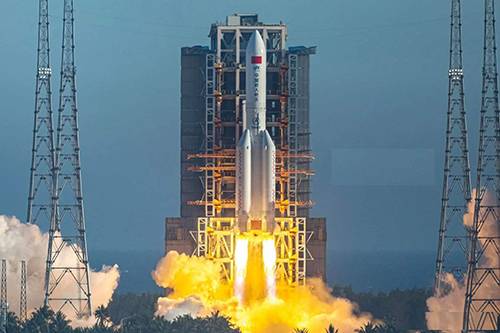
How Aluminum Foil Tape Reduce Fuel Consumption
Aluminum foil tape contributes to fuel efficiency in aerospace applications through various mechanisms:
1. Thermal Insulation
One of the ways aluminum foil tape contributes to fuel efficiency in aerospace is through improved thermal insulation and energy conservation. The tape’s reflective properties help reduce internal heat loss by reflecting heat back into the aircraft or rocket. This improved insulation reduces the energy required for heating and cooling systems, thereby lowering overall fuel consumption.
2. Weight Reduction
Aluminum foil tape is lightweight, making it an ideal choice for wrapping or repairing aerospace components. By using tape instead of heavier materials, the overall weight of the aircraft or rocket can be reduced. This weight reduction directly impacts fuel efficiency, as lighter vehicles require less fuel to achieve the same performance levels.
3. Aerodynamic Performance Enhancement
The smooth surface created by aluminum foil tape can enhance the aerodynamic performance of aerospace vehicles. By reducing surface irregularities and drag, the tape allows the vehicle to move more efficiently through the air. This reduced drag means that engines need less power to maintain the same speed, resulting in lower fuel consumption.
4. Maintenance and Repair
Regular maintenance and timely repairs are essential for maintaining optimal fuel efficiency in aerospace vehicles. Aluminum foil tape provides a quick and effective solution for repairing minor damages, such as cracks or punctures, that could otherwise lead to increased drag and fuel consumption. By keeping the vehicle in peak operating condition, the tape helps ensure efficient fuel use.
5. Reducing Thermal Bridging Effect
Thermal bridging occurs when heat transfers through the structural components of an aerospace vehicle, leading to energy loss. Aluminum foil tape can be used to seal these thermal bridges, preventing unintended heat transfer and improving overall thermal management. This enhanced efficiency contributes to reduced energy consumption and lower fuel use.
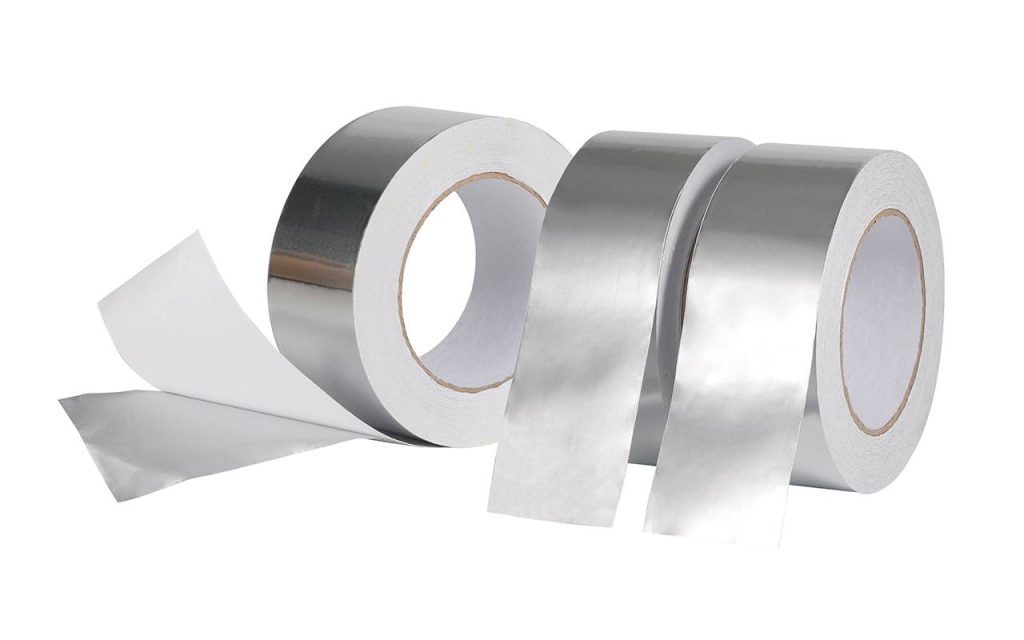
Conclusion
Aluminum foil tape is a versatile and indispensable material in the aerospace industry. Its unique combination of properties, including lightweight, strength, conductivity, and reflectivity, makes it suitable for a wide range of applications. By contributing to structural integrity, electromagnetic shielding, thermal management, and fuel efficiency, aluminum foil tape plays a crucial role in enhancing the performance and safety of aircraft and spacecraft. As the aerospace industry continues to seek innovative solutions for improving efficiency and sustainability, aluminum foil tape is likely to remain a valuable component in the design and manufacturing of future aerospace vehicles.



